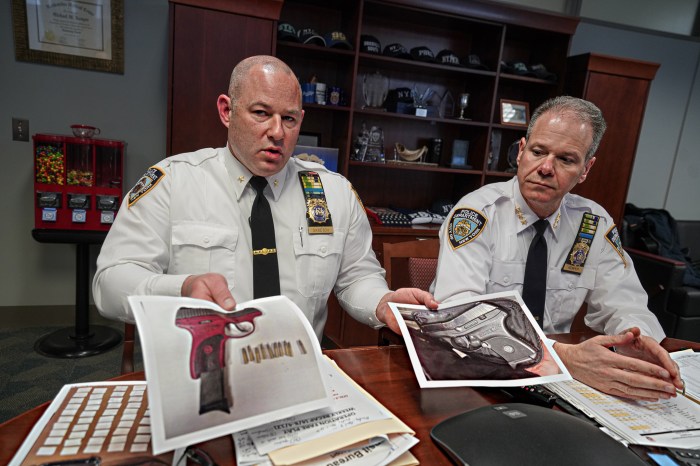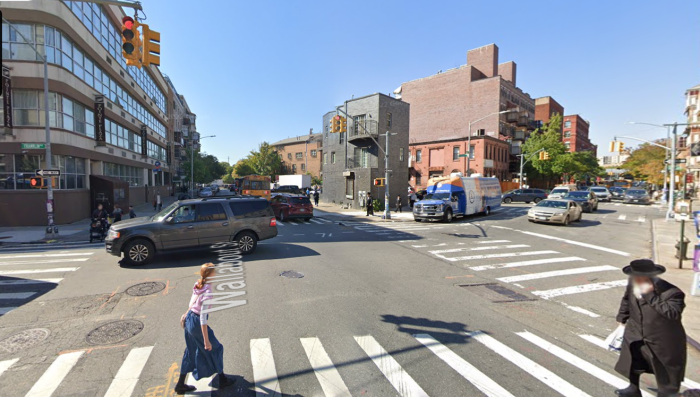Loose stairway treads. Cracked platforms. Water leaks.
As if subway riders didn’t have enough to deal with in terms of the decline in subway service, the MTA is failing to spot and repair crumbling station infrastructure and jeopardizing riders’ safety in the process, according to a new audit released Thursday.
The report, from State Comptroller Thomas DiNapoli, surveyed work at 25 subway stations between Jan. 1, 2014 and July 5, 2016. It found 66 station defects, the majority of which were either not noticed or reported by MTA station supervisors or not repaired as quickly as the agency requires.
“My auditors found defects that could potentially compromise subway safety which had not been identified by station supervisors during their inspections,” said DiNapoli in a statement. “They also identified defects which were not corrected in a timely manner. Delays in identifying and responding to unsafe conditions is a risk that can be prevented.”
The MTA rejects the comptroller’s conclusions. Beth DeFalco, an agency spokeswoman, pointed out that just 25 stations were included in the audit, or just 5 percent of the MTA’s network of 469 stations at the time. (Since the opening of the Second Avenue subway, there are now 472 stations.)
“Safety is the top priority at all MTA agencies, and that priority is reflected in NYCT’s actual performance: in 2016, 99.8 percent of the highest priority safety defects at subway stations were repaired within 24 hours of their reporting,” DeFalco said in a statement, referring to New York City Transit, which operates the subways. The statistics she cited came from the audit response written by Darryl Irick, the acting president of NYCT.
Out of the 66 defects observed in the audit, 21 could be considered “Priority A,” according to DiNapoli’s office. Those are classified as infrastructure issues that can directly jeopardize safety, revenue collection or security at stations. These defects are supposed to be addressed within 24 hours of being reported. But 20 out of 21 defects weren’t even documented by station supervisors during mandatory inspections, according to the audit.
Of the 25 stations monitored in the Bronx, Brooklyn, Manhattan and Queens, the most common overlooked infrastructure issues related to water. Eight of the 20 overlooked defects were attributed to problems like leaks or pooling water on station platforms or steps.
Looking at a sample of 10 Priority A defects that were reported at stations like 14th Street-Union Square and Classon Avenue, only three were addressed within the 24-hour timeframe. Two reported issues didn’t feature any completion date and the remaining five took between six and 92 days to be addressed, according to the audit.
In his response, Irick said “appropriate action has been taken to address all but two of the defects … identified in the audit,” adding that NYCT did not find any evidence for two of the leak-related defects including in the report.
DiNapoli’s office suggests that many defects go unreported. The audit recommends improving work culture at the station level by requiring supervisors to take “refresher training courses emphasizing the importance of conducting thorough subway station inspections.”
The audit was of no news to riders who traverse stuffy subway stations each day, some pointing out disparities between wealthy and poorer areas.
“In my experience, when you go farther out into poorer neighborhoods, I think that stations are more poorly maintained,” said Trudy Elins, 61, a project manager from the Upper East Side, while waiting for a train at the 14th Street-Union Square station. “If the lighting isn’t maintained, there’s more crime. There are physical safety concerns if things are broken or dripping or sludgy.”
With Alex Bazeley

















